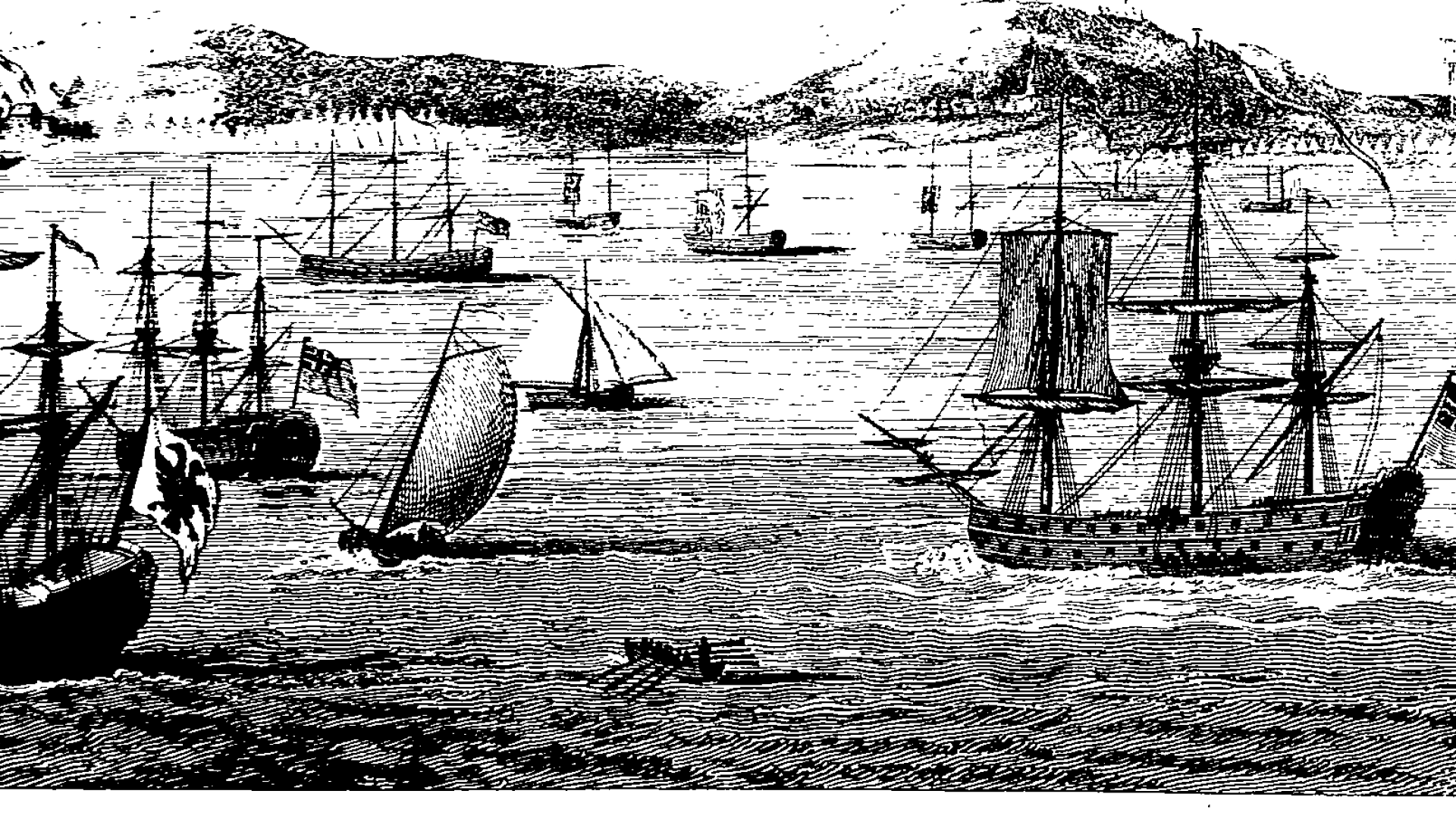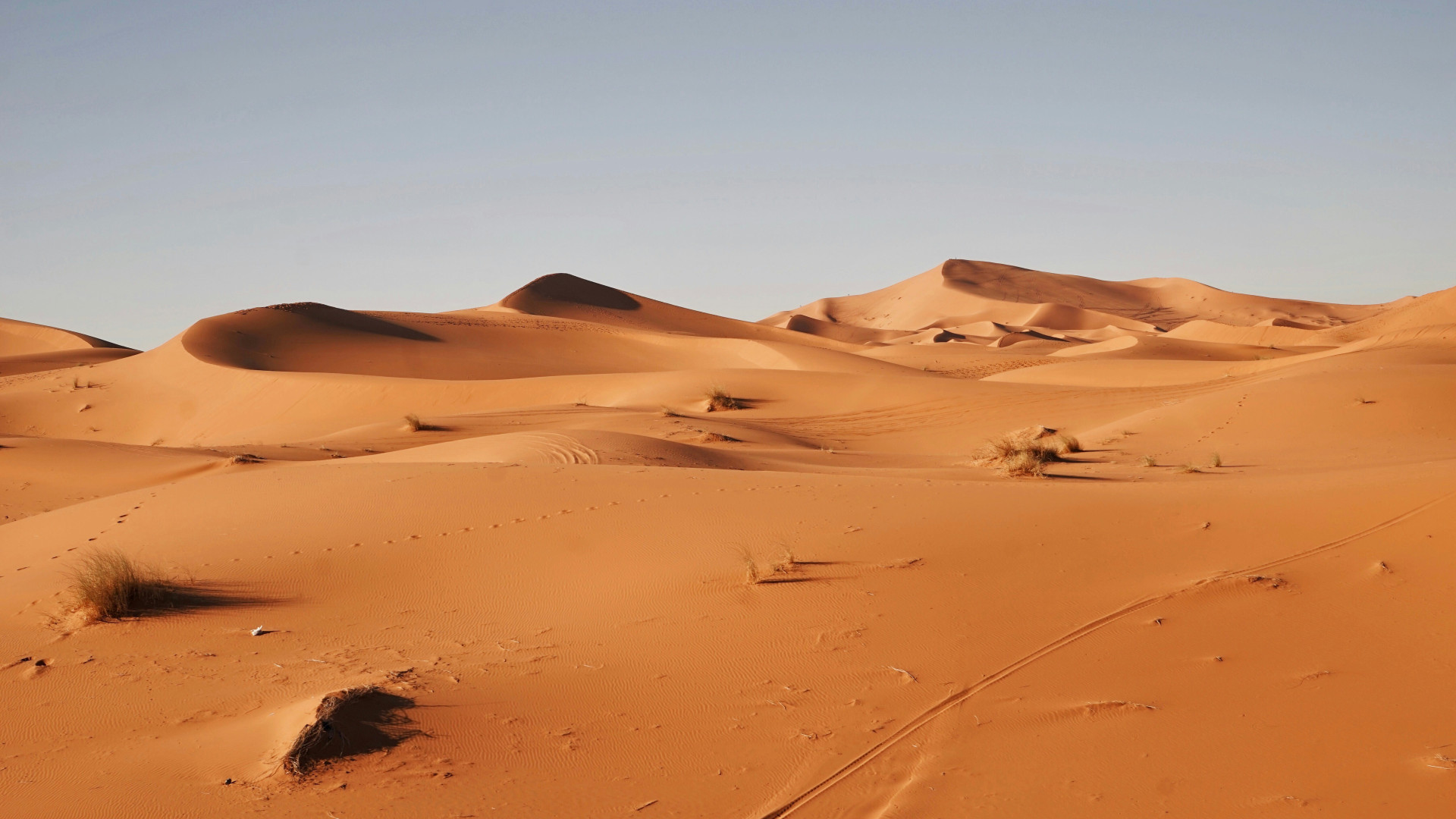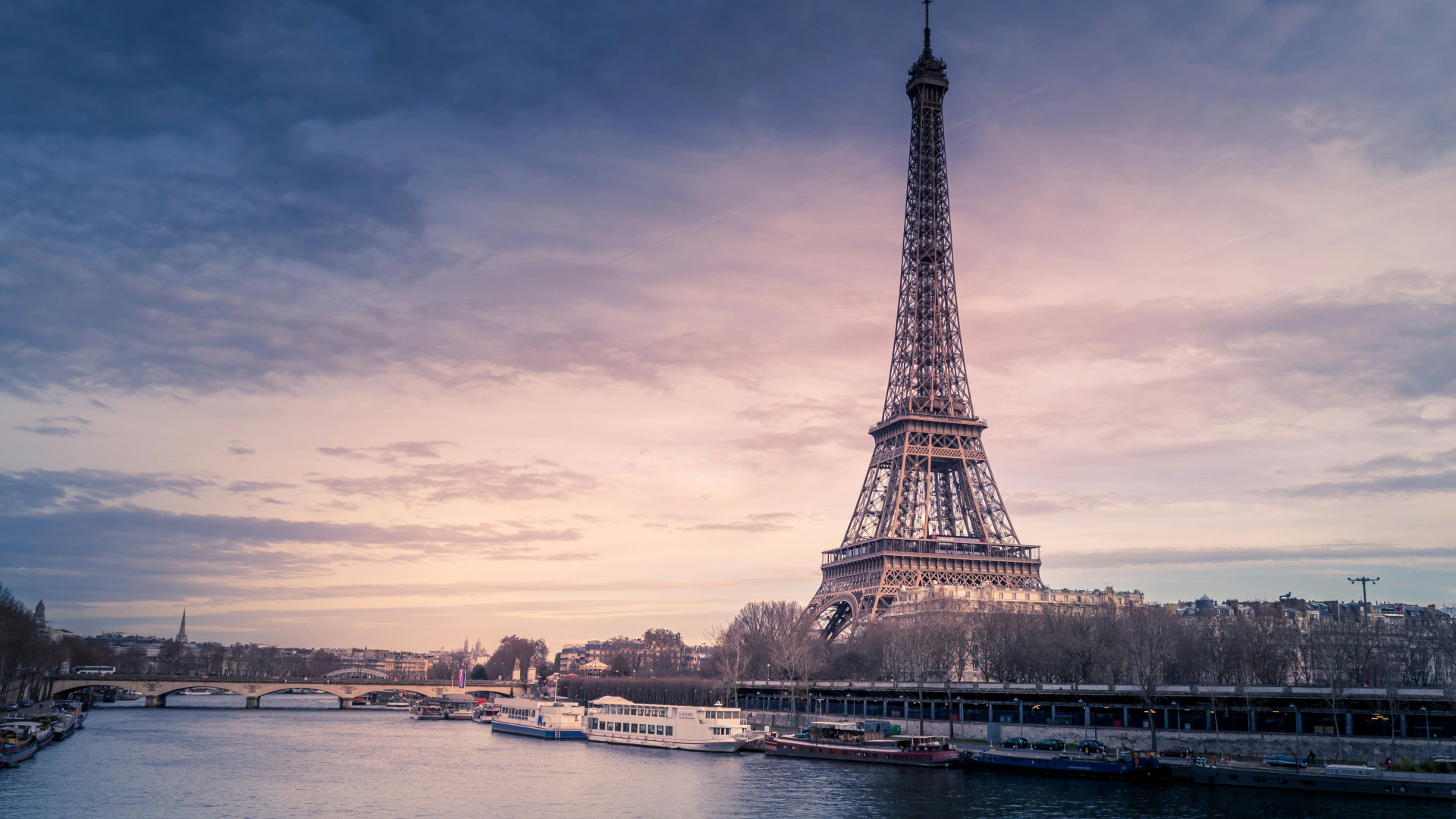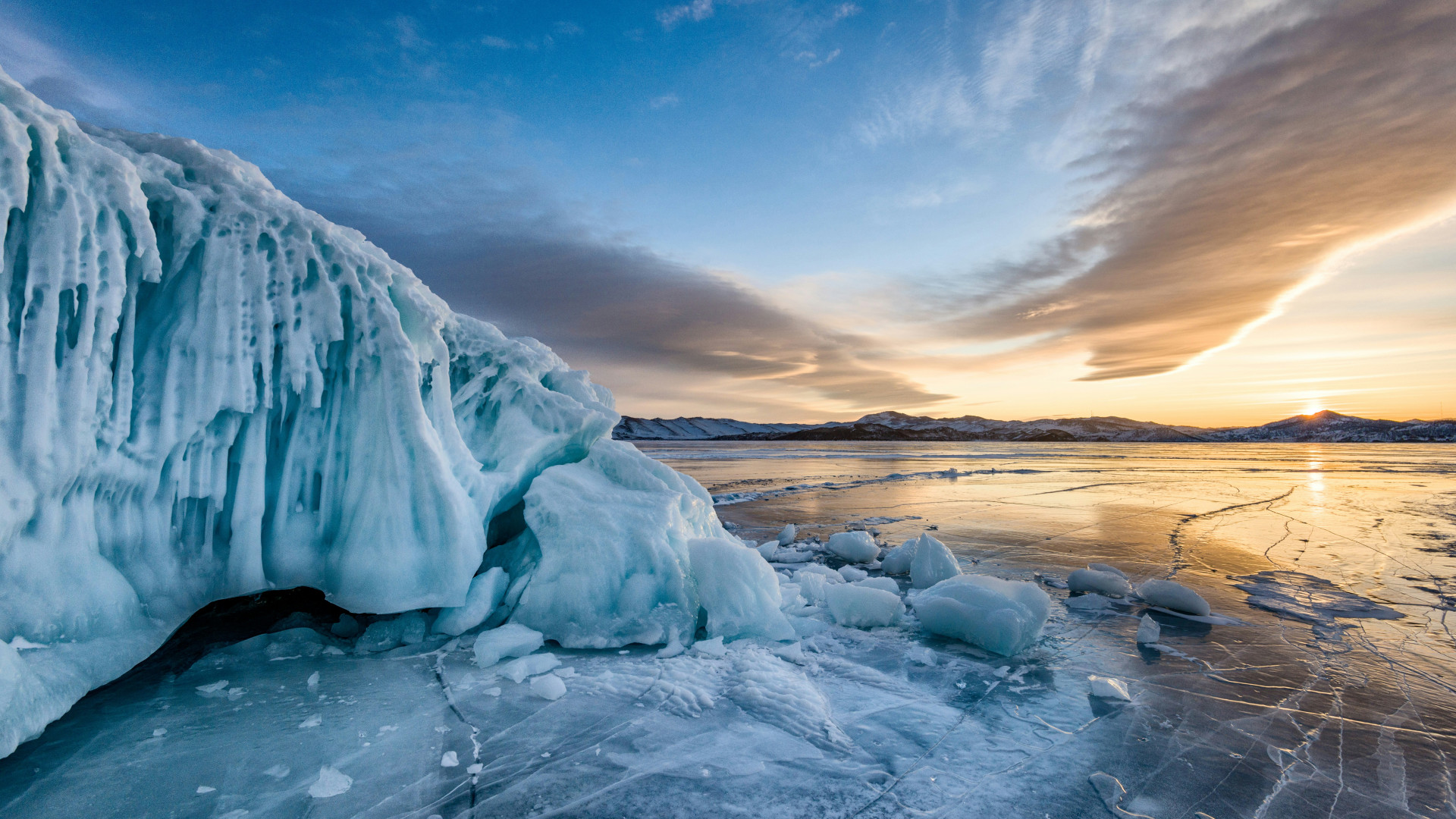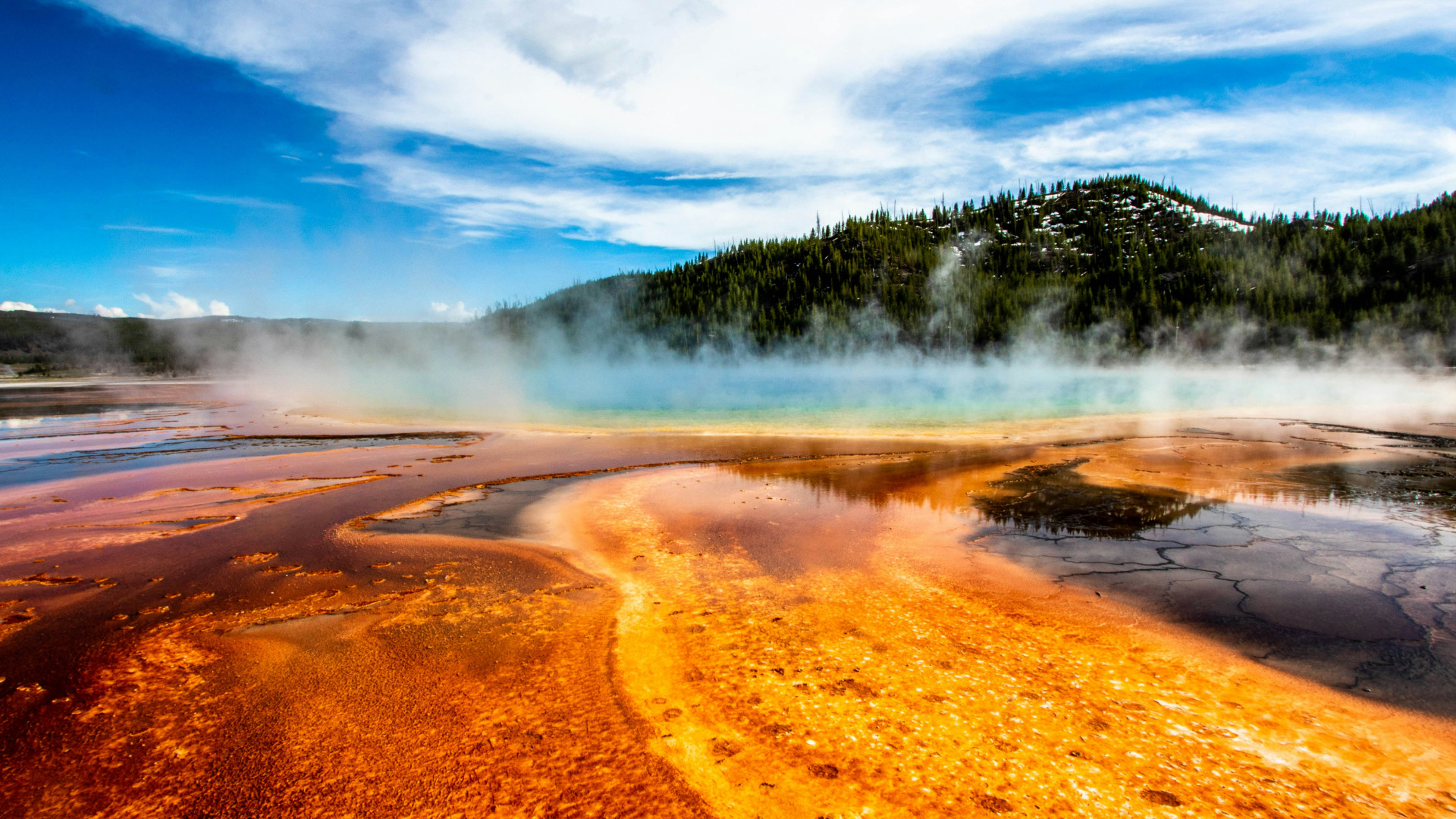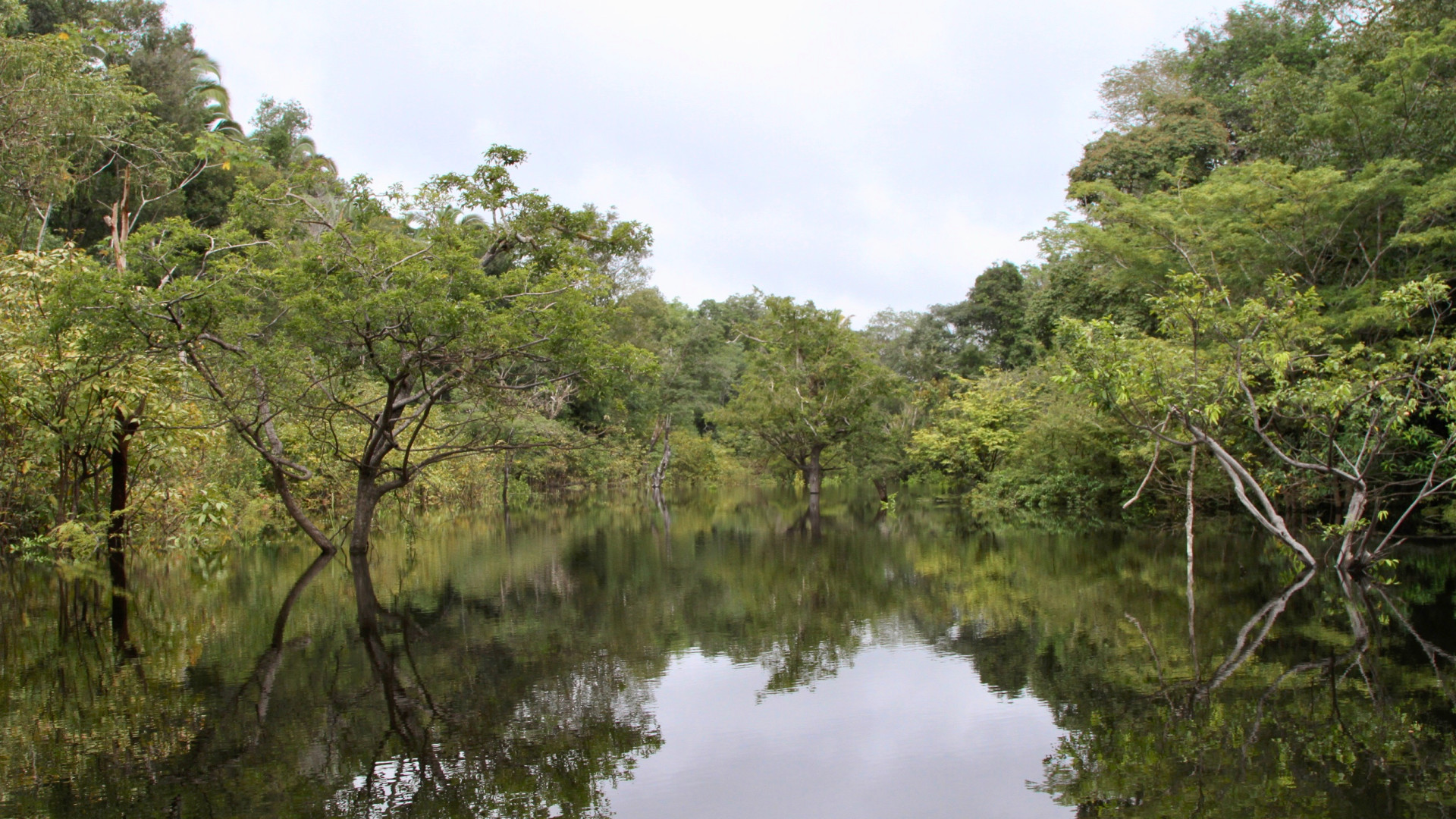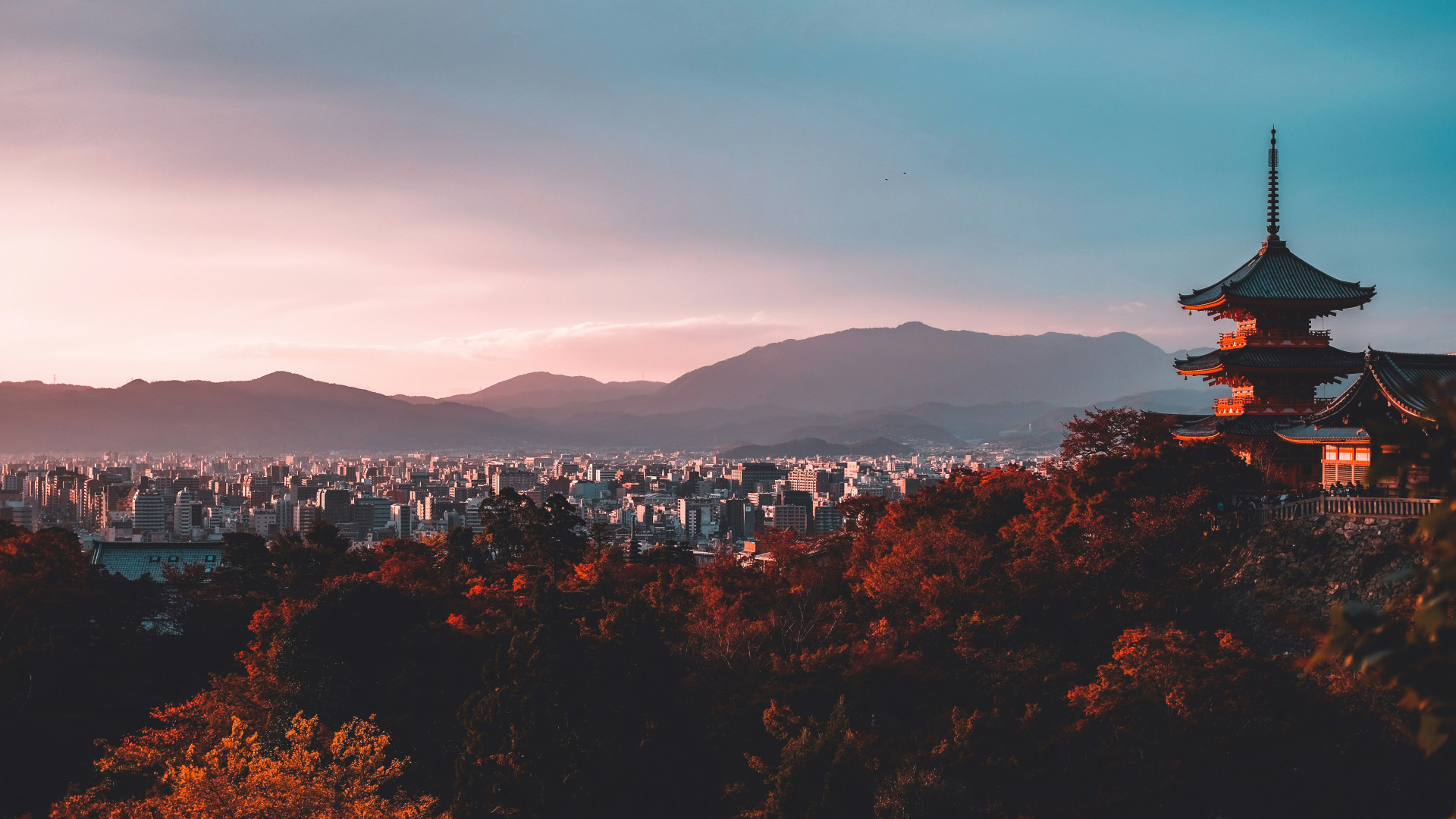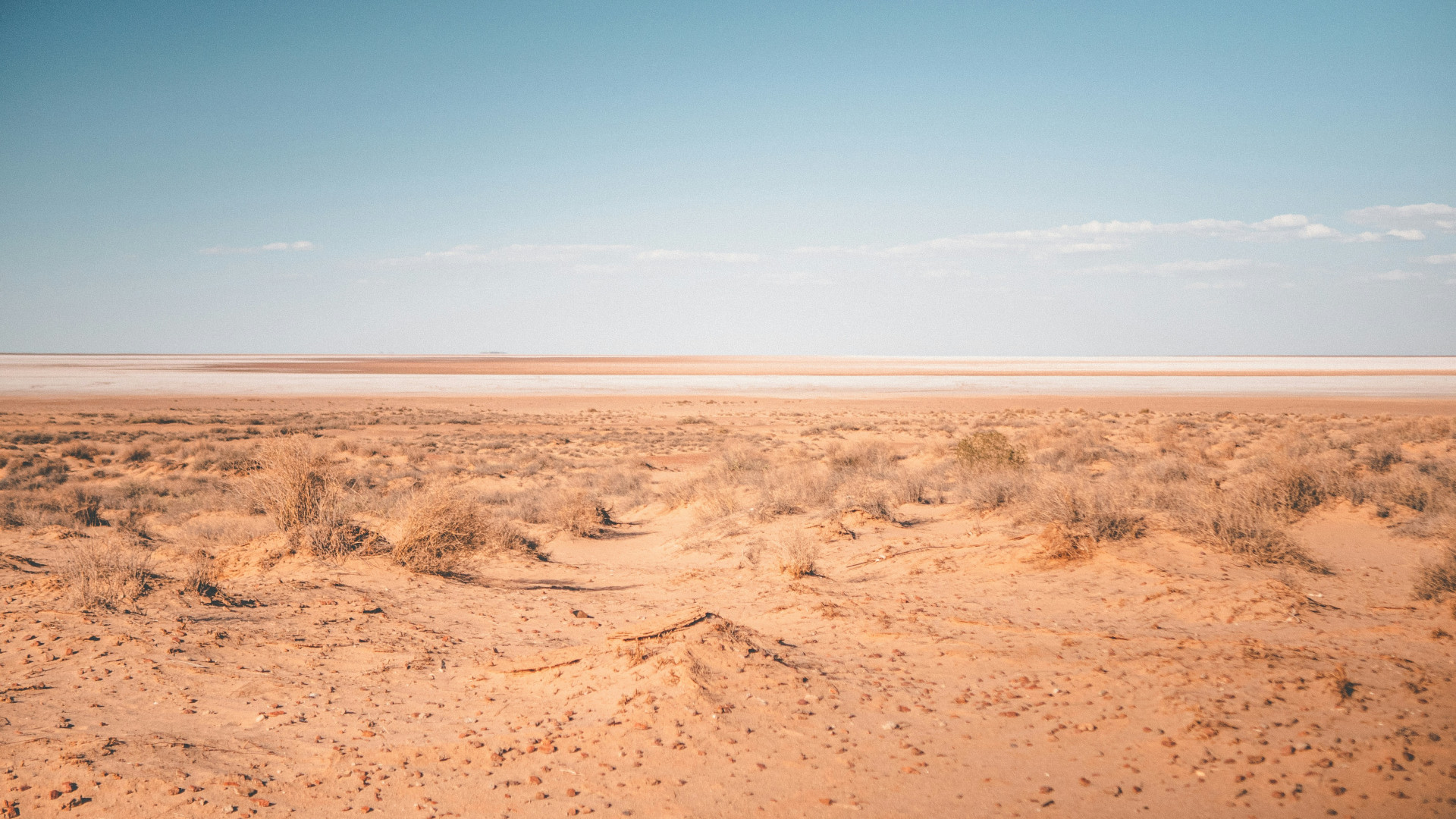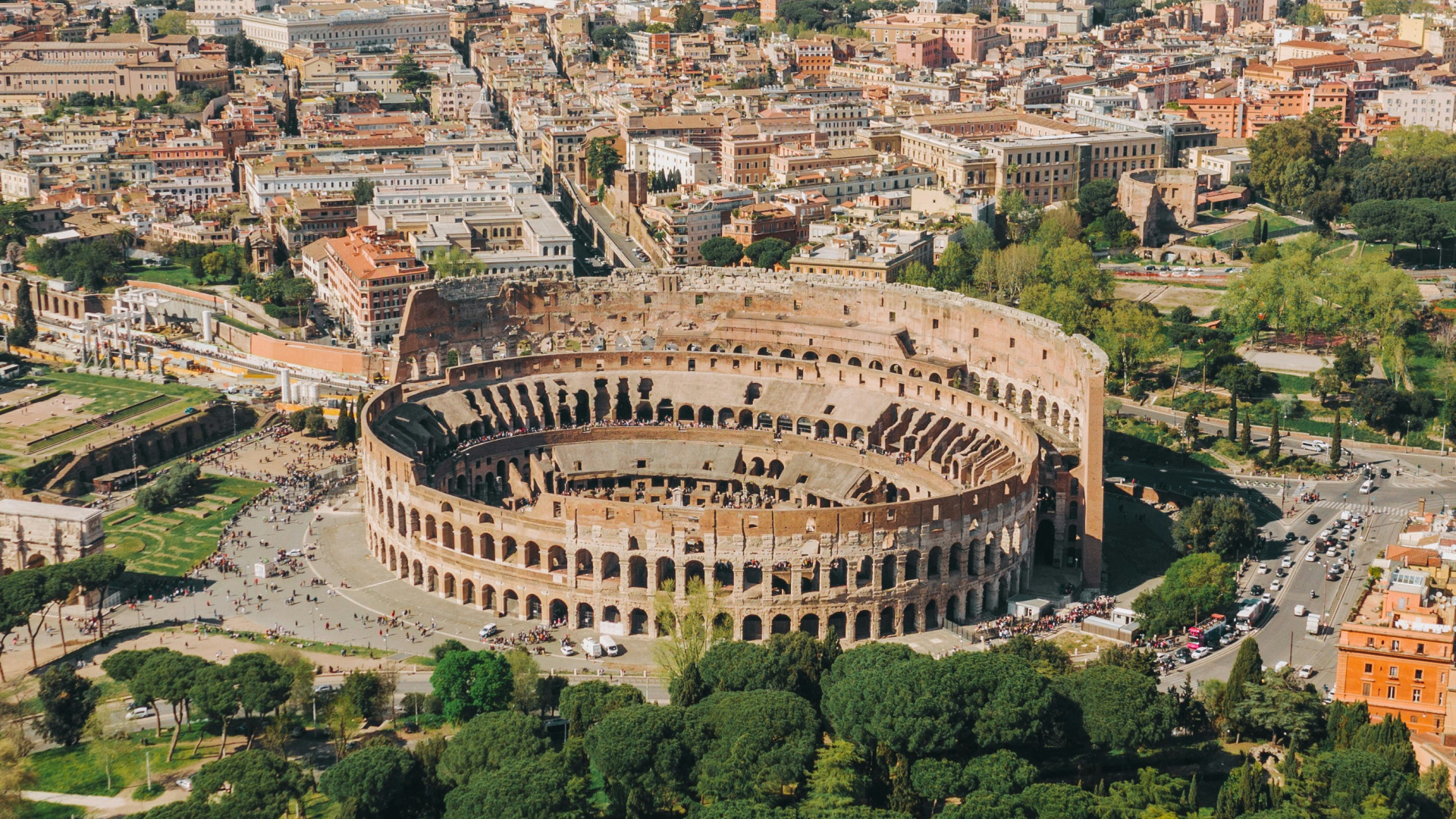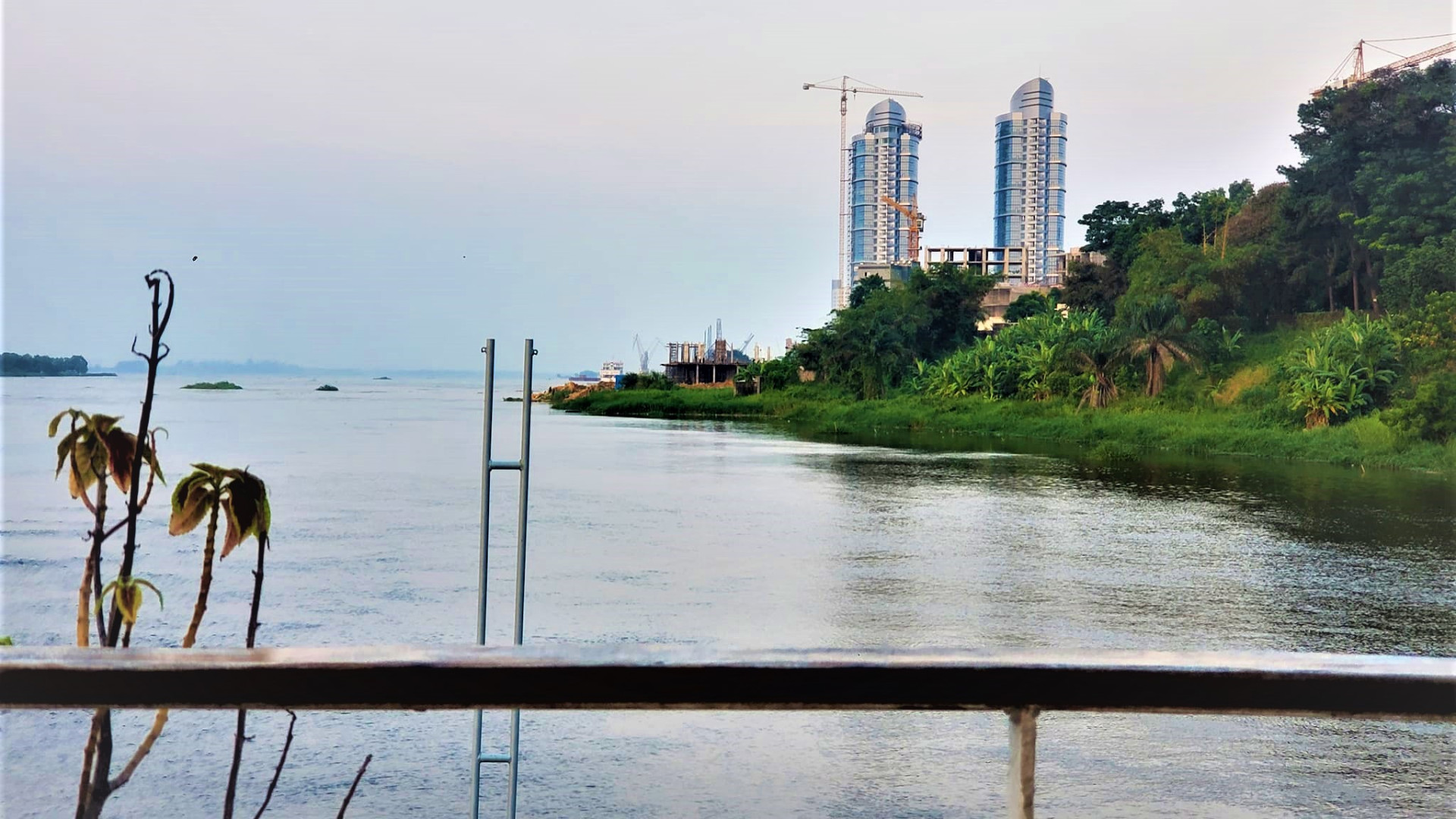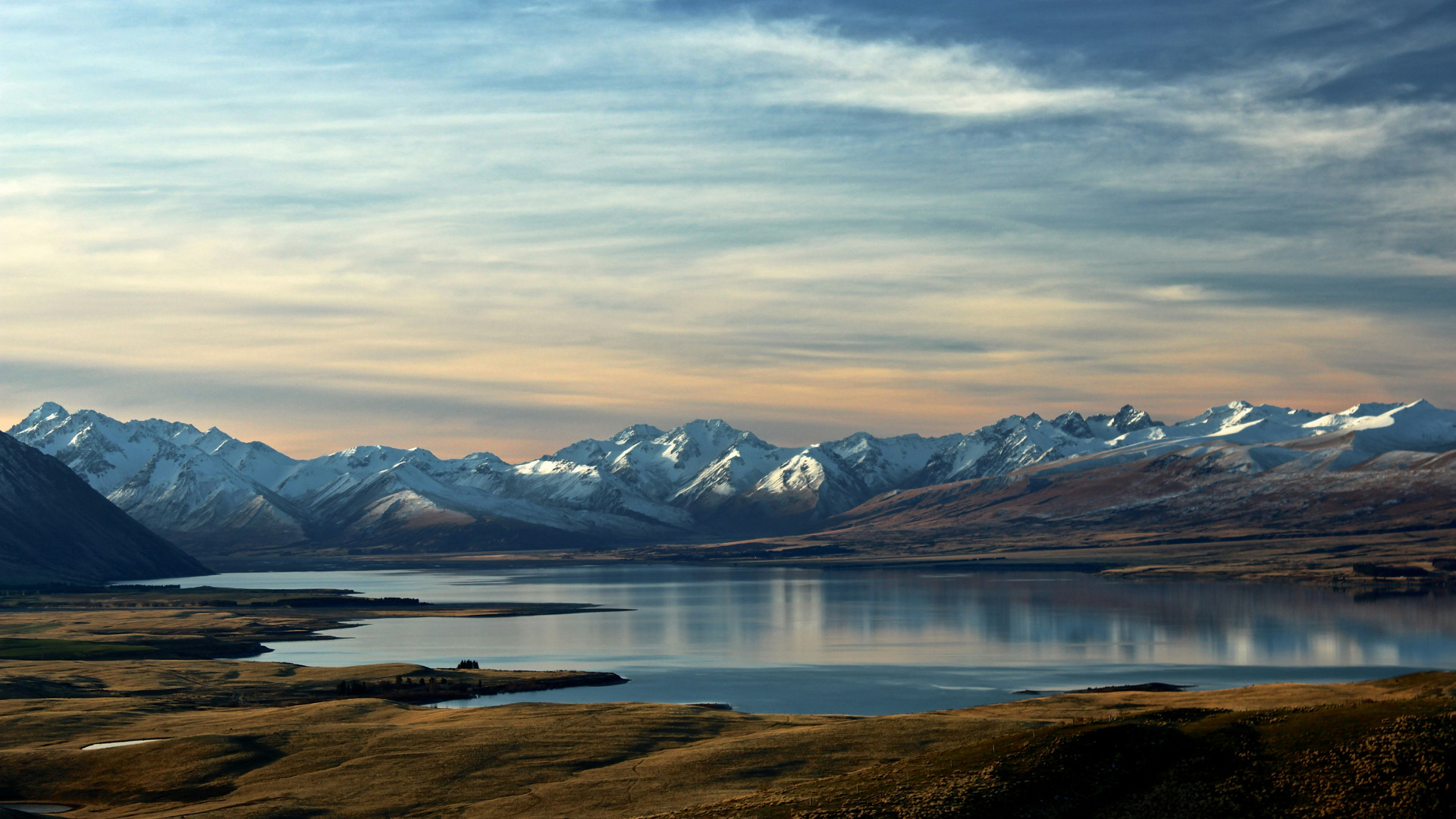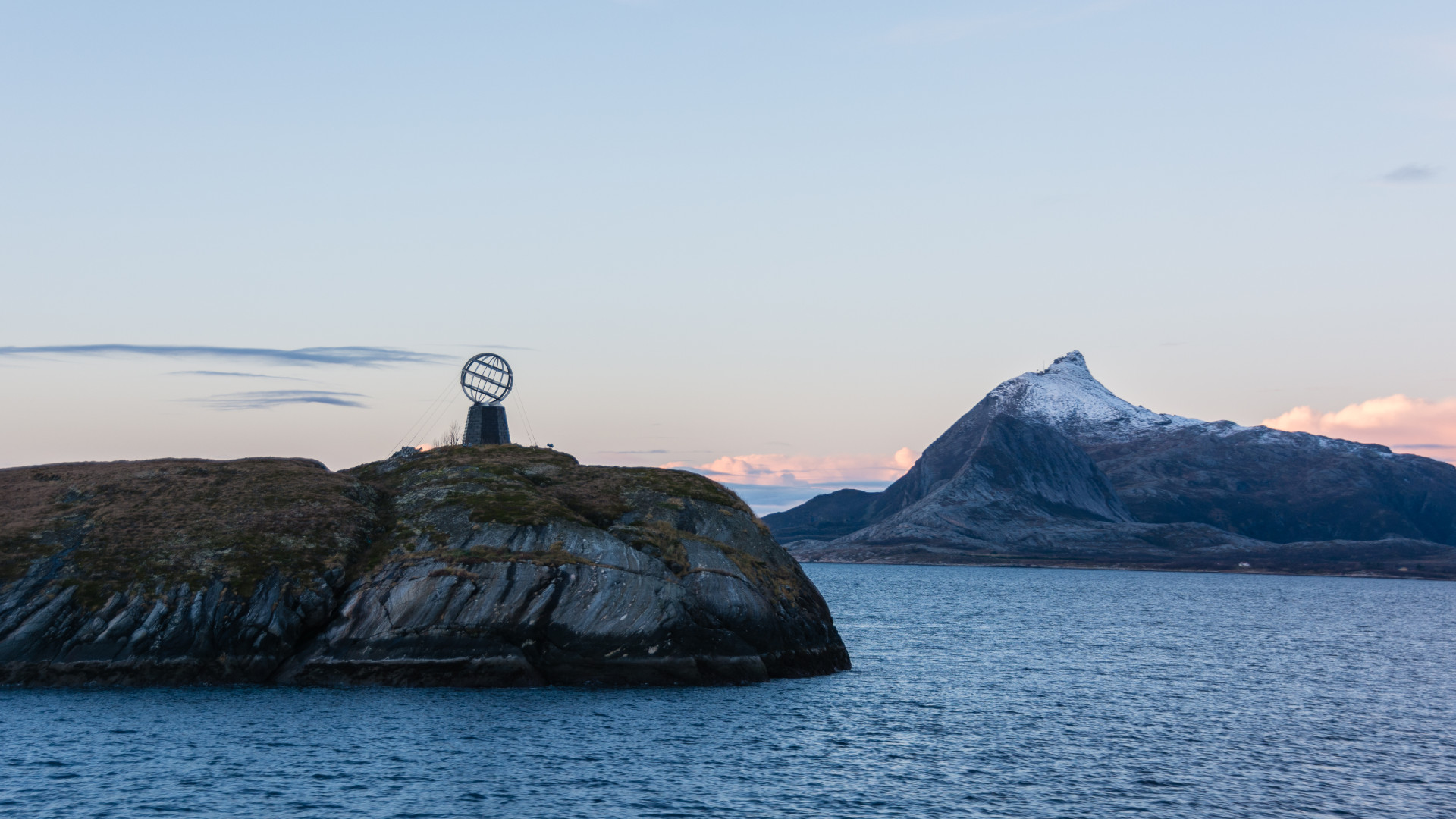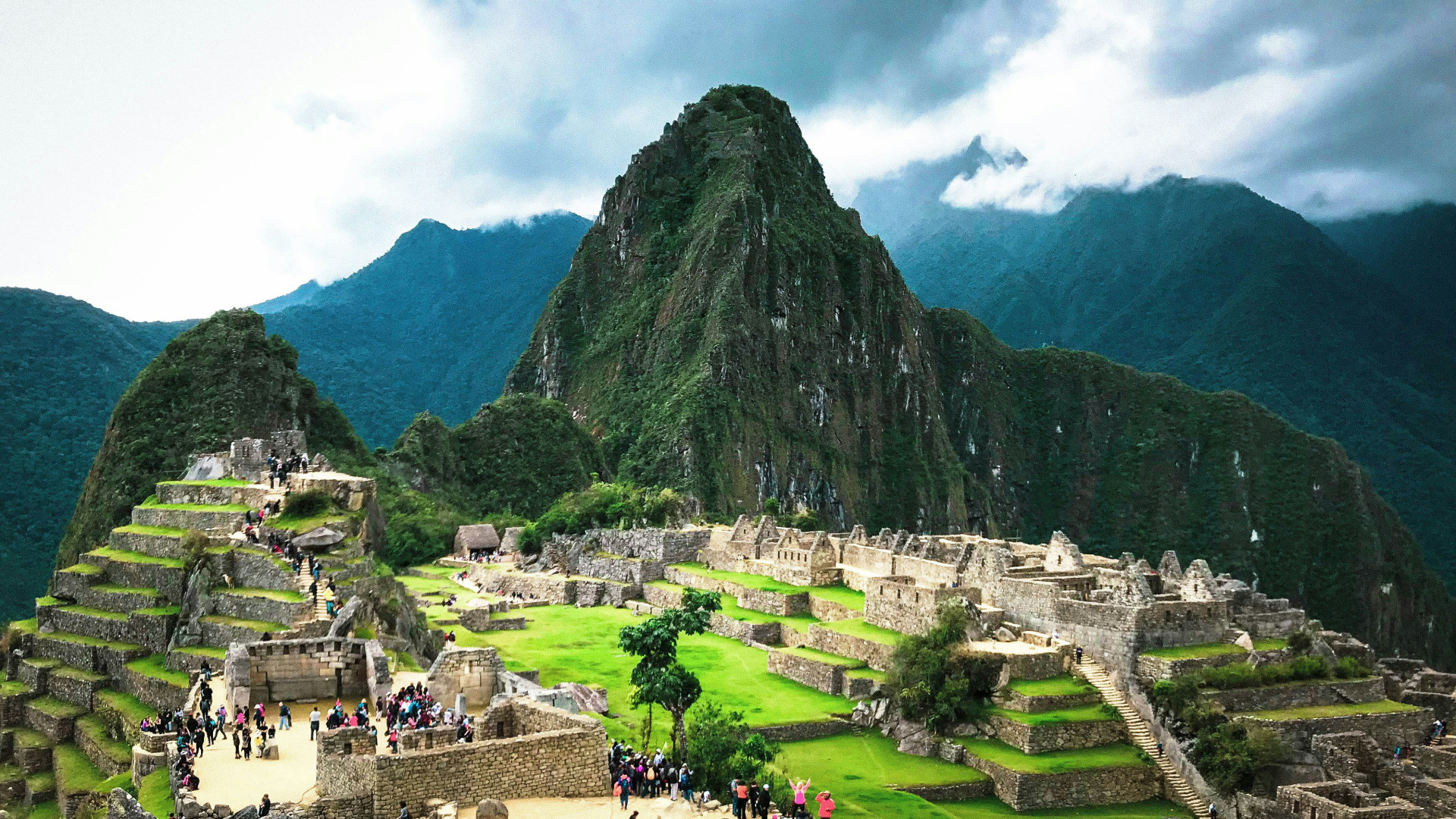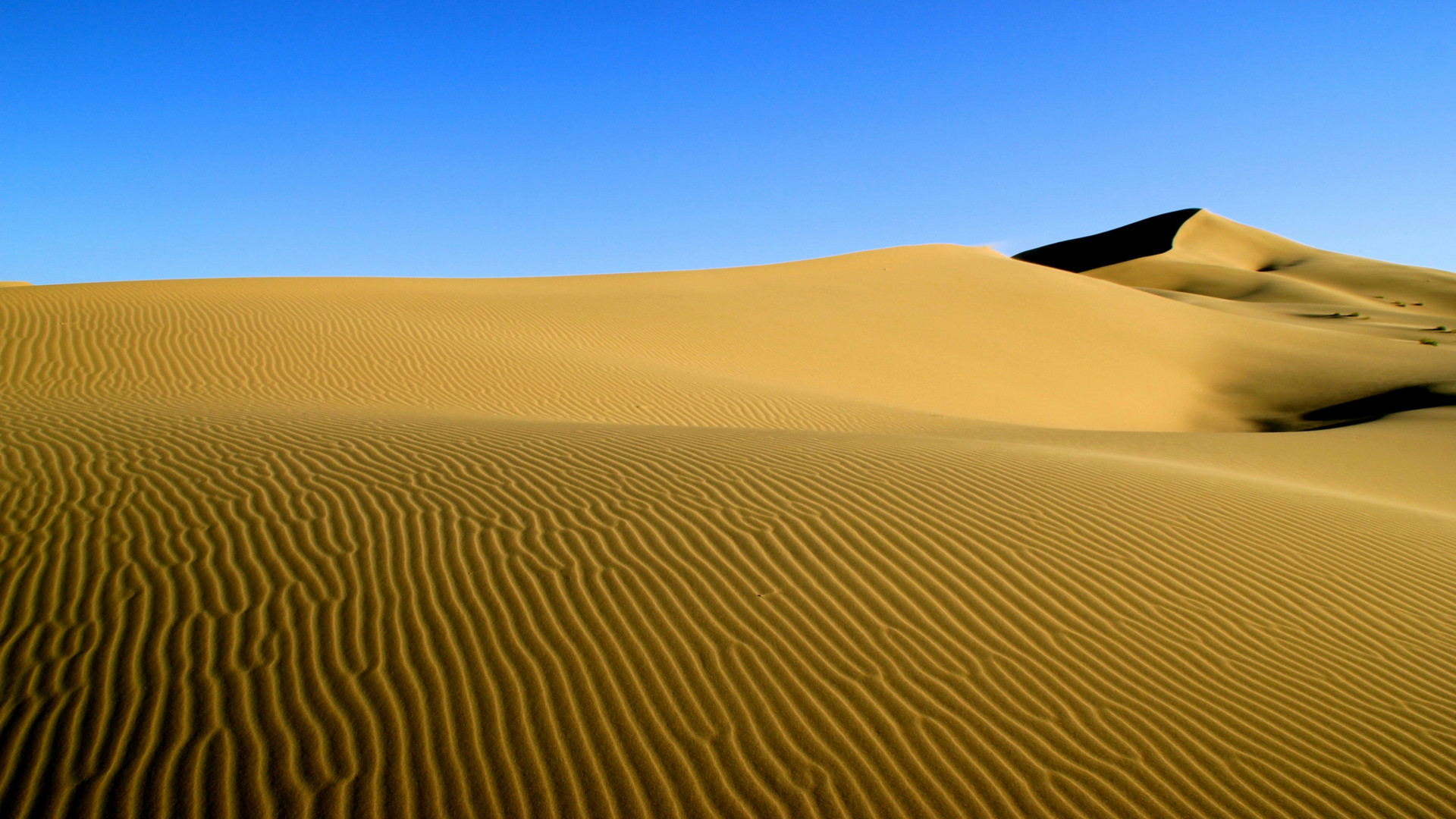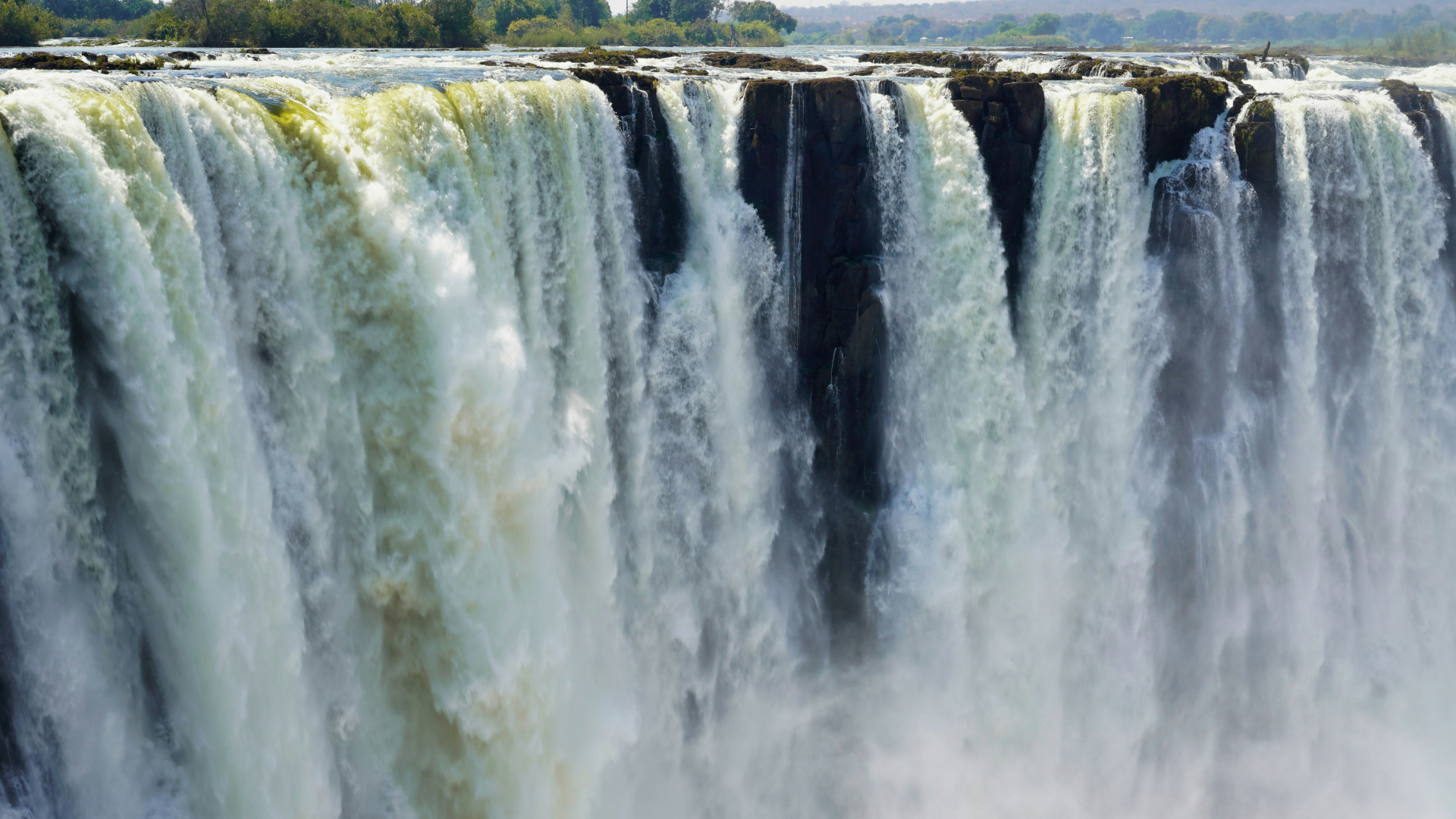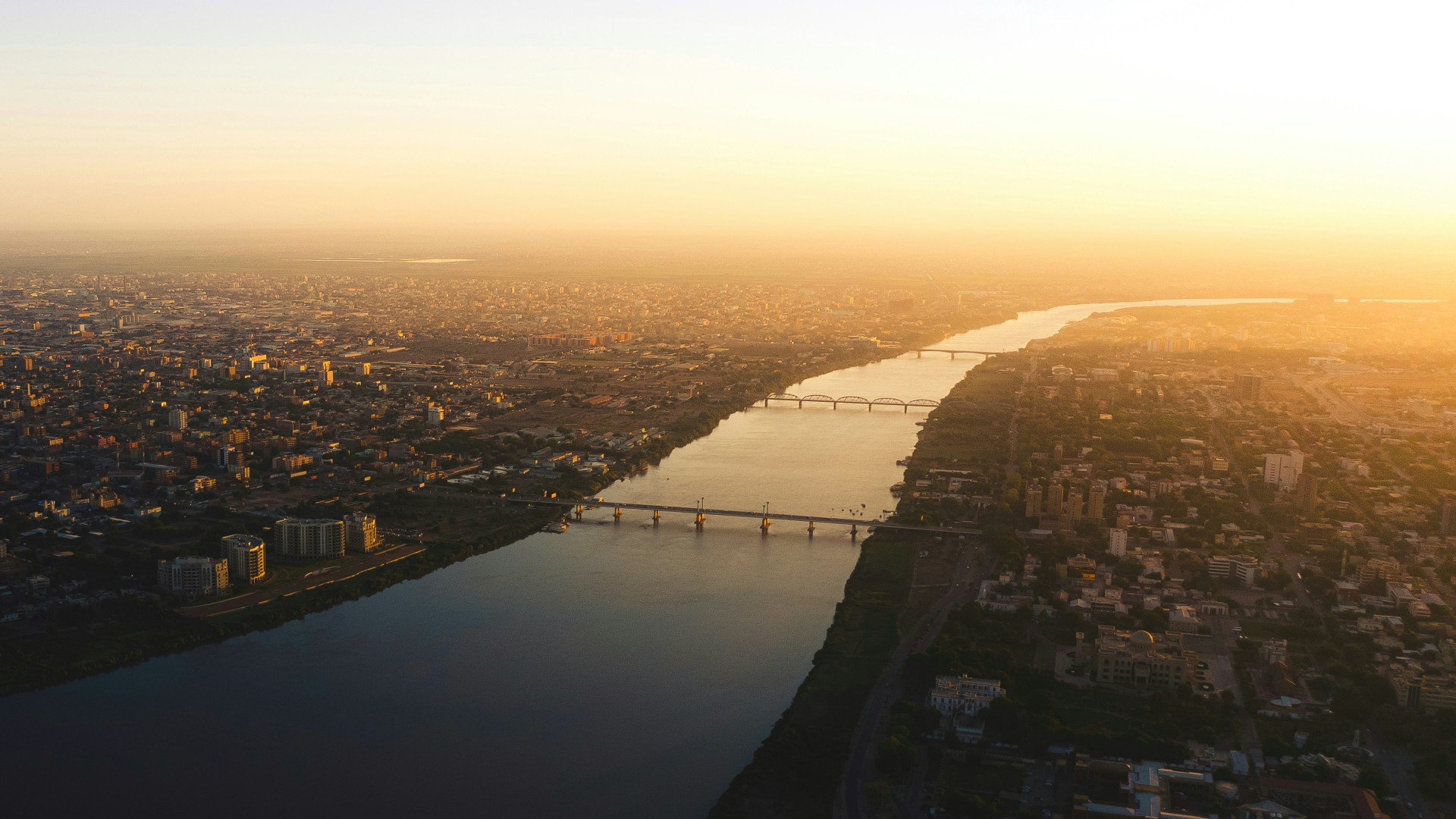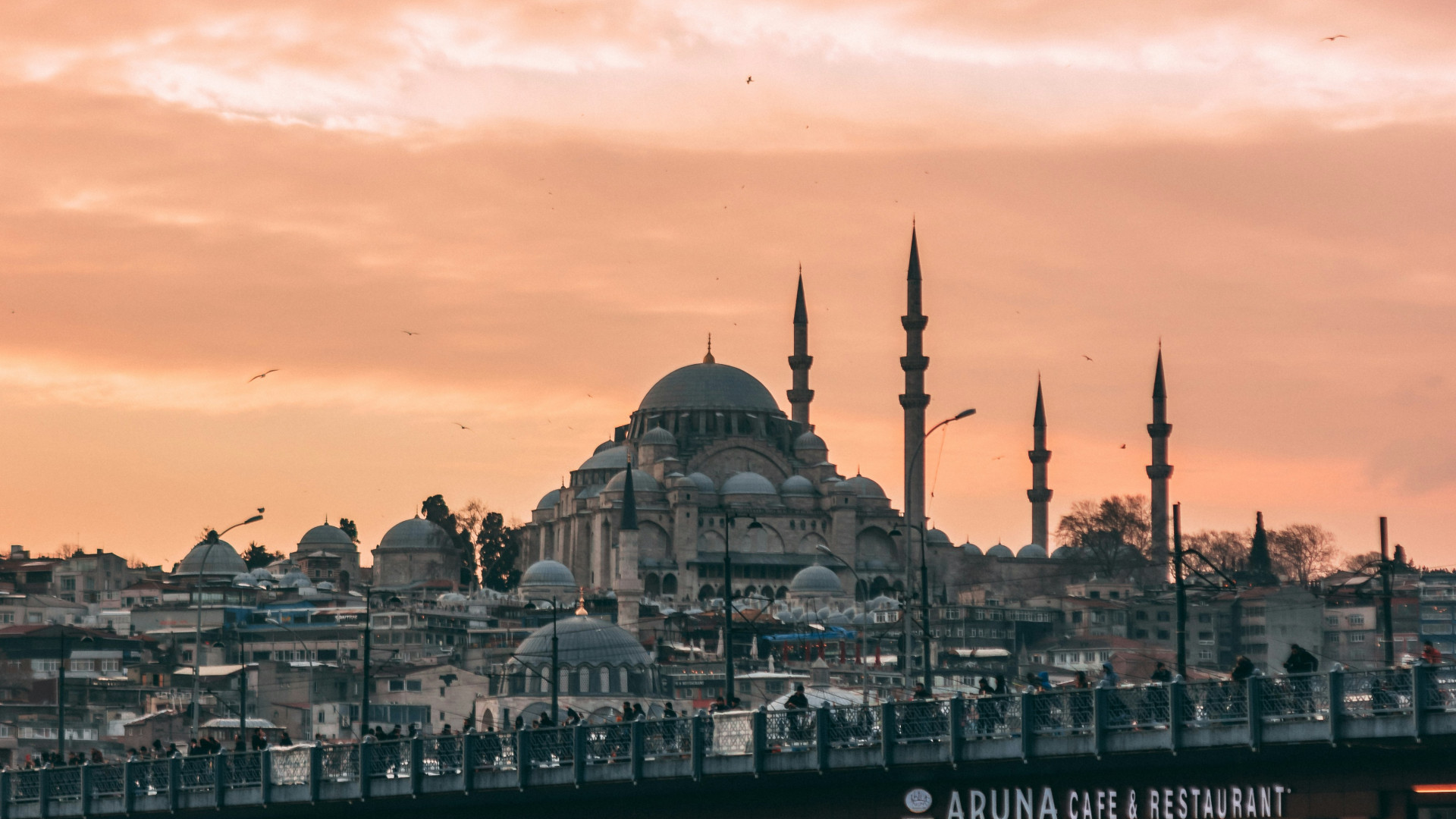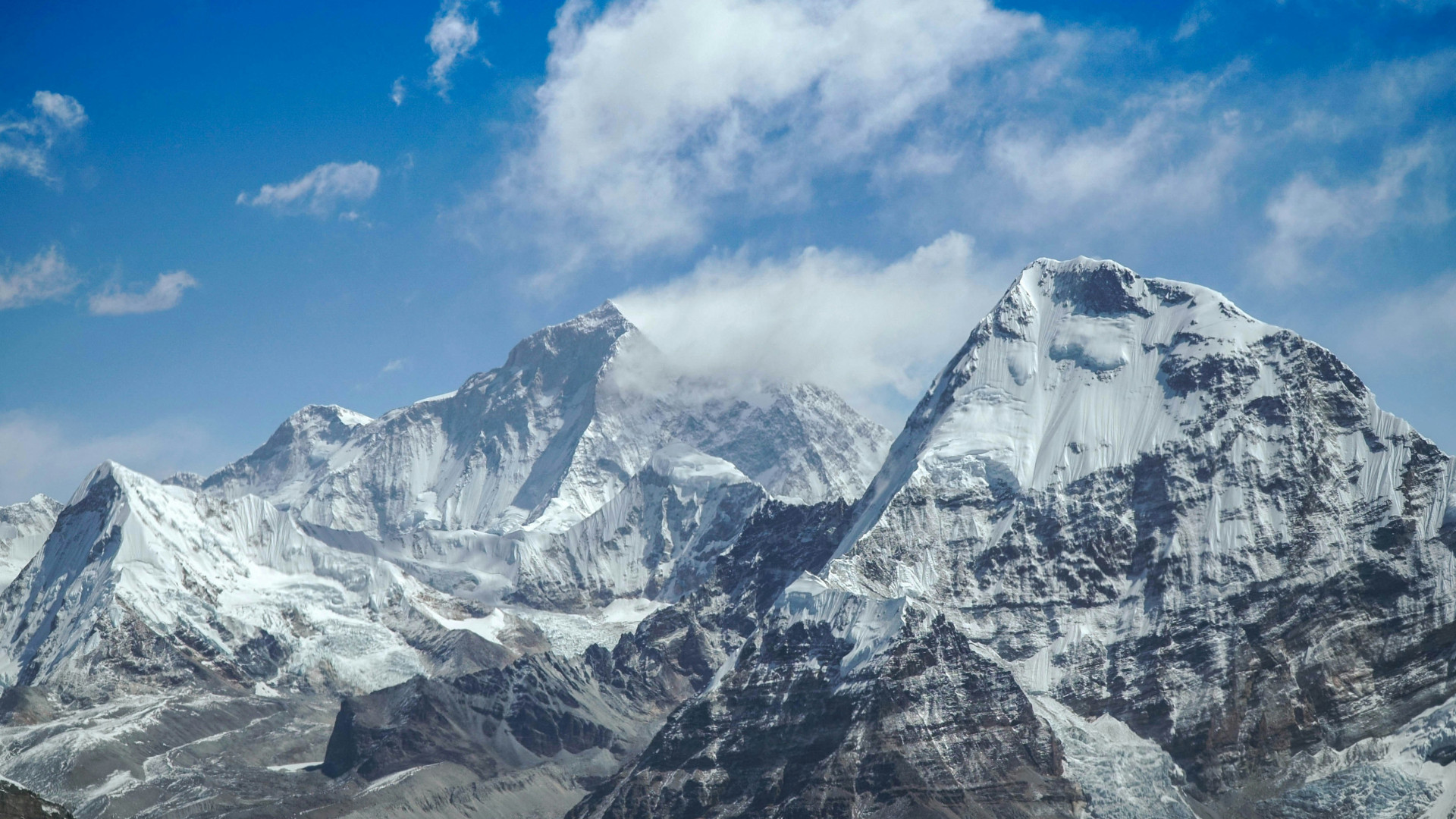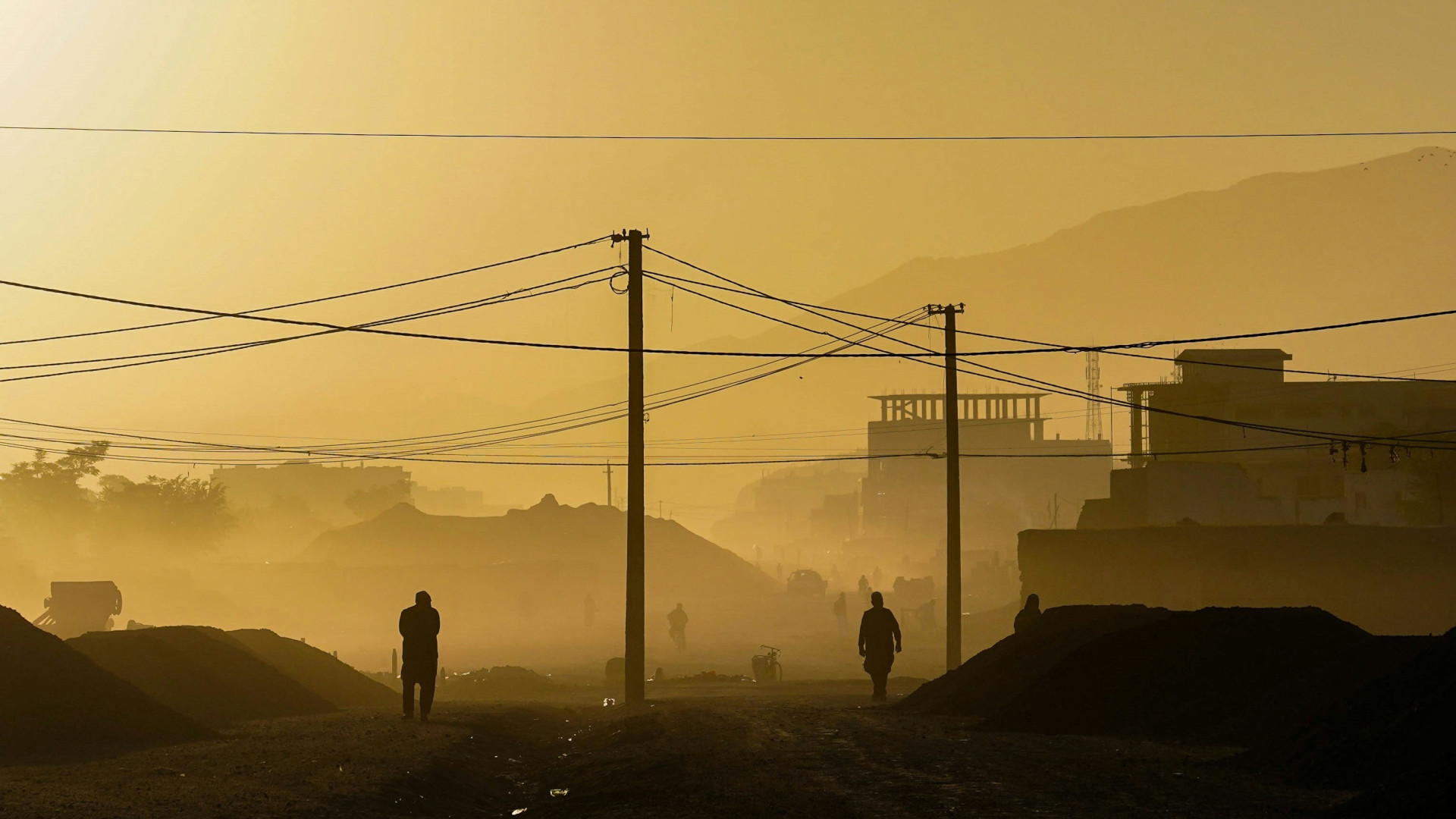The 10 Worst Travel Destinations of The 1800s and The Places People Were Going Instead
The 10 Worst Travel Destinations of The 1800s and The Places People Were Going Instead
Top 10 Travel Destinations and Worst 10 Travel Destinations in the 1800s
The improved modes of transportation that rose in the 1800s allowed for a much greater scope of travel, new lands to explore and not just to dignitaries, but to everyone. Here we will explore the top 10 destinations of the 1800s and the worst 10. From the exotic and unforgettable destinations to the dangerous and unforgiving climates of others, this list will give you an idea of just where people in the 1800s avoided and flocked to.
1. Egypt - Best
The ancient dynasty of Egypt would draw travellers from all across the globe, due in no small part to the travel accounts and literature that was being released to the general public, such as "A Thousand Miles Up The Nile". To see the Pyramids, the Sphinx and the Nile with their own eyes drove people to Egypt to seek their own adventures.
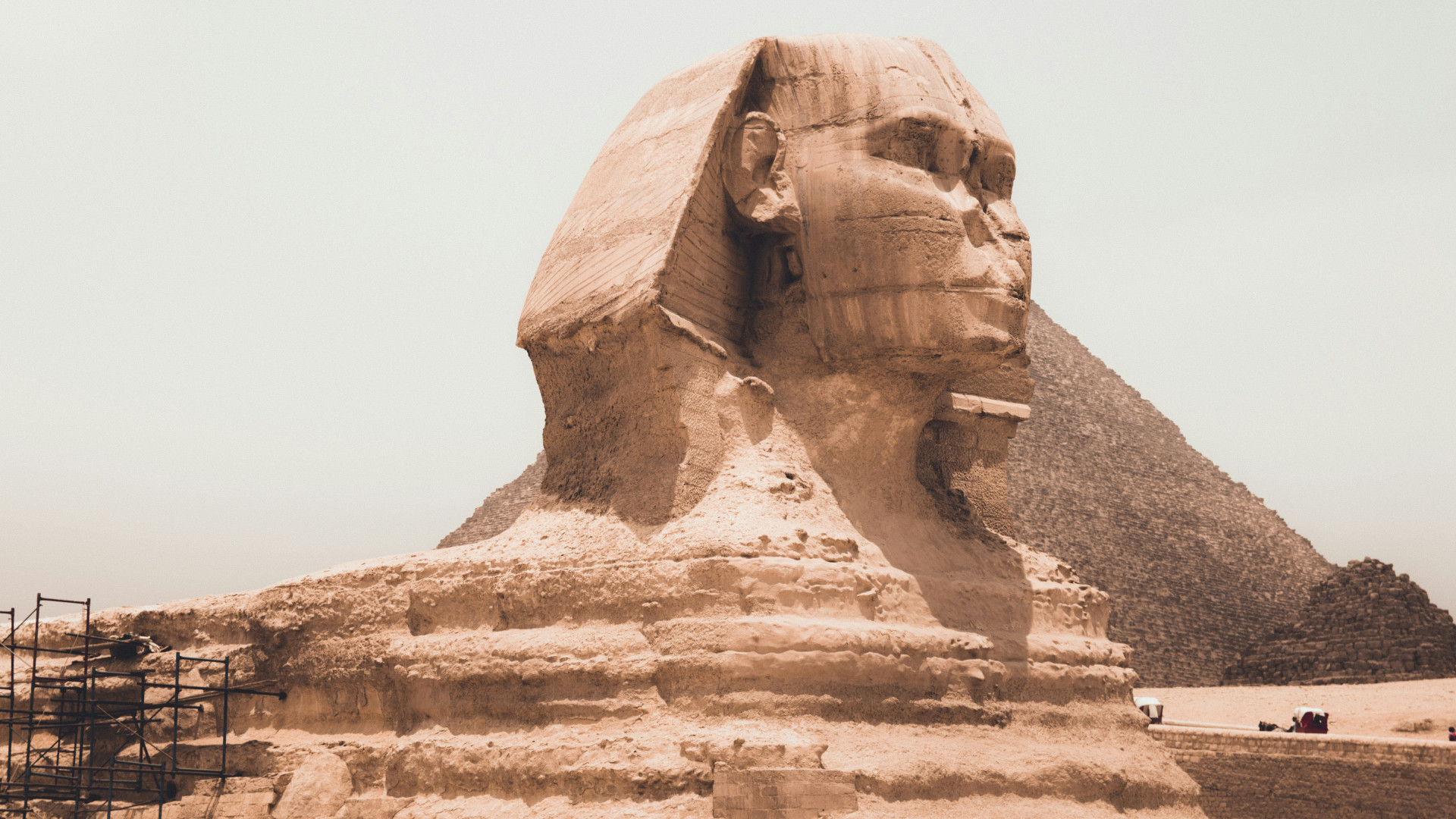 Adrian Dascal
Adrian Dascal
2. Sahara Desert, Africa - Worst
The inhospitable climate and scarce resources made the Sahara a basin of danger for any traveller. Dehydration, sandstorms and the ability to get easily lost did nothing to endear it to a travelling audience. However, people braved it due to its uncharted nature and the thrill of the unknown.
3. Paris, France - Best
Bringing together the sophistication and artistry of life, Paris offered both inspiration and culture of a finer variety.
Even in the 1800s, Paris was considered a romantic getaway due to its picturesque streets, the Seine River & general ambiance. In addition, fashion and culinary scenes were flourishing, be it haute couture or sampling French wine.
4. Siberia, Russia - Worst
Due in no small part to its brutal winters and barren landscape, Siberia would be not ideal for any traveller. Despite this, groups would travel to Siberia in search of natural resources, though it became more known for its penal colonies and hostile indigenous groups.
5. Yellowstone National Park, USA - Best
Yellowstones geysers, hot springs and wildlife brought nature fanatics from all over to view this pristine landscape in all of its natural glory. The Fur Trade spurred much travel to Yellowstone as it was teeming with beavers, otters and wolves. And some would travel to learn from the indigenous populations there, such as Shoshone, Crow & Nez Perce. The many preservation efforts paid off and in 1872, Yellowstone was deemed a national park.
6. Amazon Rainforest, South America - Worst
A jungle filled to the brim with disease, dangerous animals and inhospitable locals, the Amazon would not be for the faint-hearted. The Amazon is a known hotbed for such diseases as malaria, yellow fever & various parasitic infections. It's vicious wildlife consisted of venomous snakes & insects in addition to much larger predators such as jaguars & caimans.
7. Japan - Best
Fascinating the Western world, travelers were introduced to Japanese culture via its tea ceremonies, the blooming of the cherry blossoms and unforgettable landscapes. Many Westerners would go to Japan for a cultural exchange, learning of such things as calligraphy or to introduce Christianity to the Japanese population. Trade and commerce played a large role, with such things as silk, porcelain tea and spices being exchanged.
8. Australian Outback - Worst
The Outback is a daunting challenge to explore for even the most seasoned adventurer. The vast arid terrain, the blazing hot temperature and the quiet isolation lend itself well to being difficult to travel in. Not to mention its hostile wildlife, be it venomous scorpions, snakes or spiders. However, the natural riches would seem to outweigh the dangers, as gold and other valuable minerals are contained there.
9. Rome, Italy - Best
A history-rich city and filled to the brim with ancient ruins and architecture, the history buffs, archaeologists and scholars flocked to the Eternal City. With a flourishing art scene with the works of Da Vinci, Raphael & Michelangelo, Rome had become, just as in ancient times, a hub for thinkers, artists and writers to immerse themselves in and share ideas.
10. Congo Basin, Africa - Worst
A perilous destination for any early adventurer, the hostile wildlife and diseases in the dense jungles of the Congo were not for the faint of heart.
Such diseases consist of yellow fever, malaria, Sleeping Sickness, and numerous parasitic infections. It's severe lack of infrastructure caused problems as well, as travellers would have to rely on crudely drawn maps or to simply trailblaze a path through.
11. New Zealand - Best
For those seeking adventure and unparalleled natural beauty, New Zealand be a very attractive spot, known for Maori culture, stunning landscapes and abundant wildlife. Trade was a huge factor in travel here, with fur trade being a top priority. However, the unique resource it carried was Whales and Seals, to which many hunters would come to claim these marine resources.
12. Arctic Circle - Worst
The Arctic was no friend to travellers, be it the climate or the threat of polar bears, expeditions to the Arctic Circle would be ill-advised. With its short summers and long winters, little to no infrastructure and the risk of ice trapping navigational ships, the few resources up there would hardly be worth the peril one would have to undertake.
13. Machu Picchu, Peru - Best
Its rediscovery in 1911 spurred an influx of explorers, archaeologists and adventure-lust folk to visit this ancient Inca city. With breathtaking views and ancient architecture, Machu Picchu was not to be missed. Strangely, the idea that Machu Picchu even existed before 1911 was nonexistent. However, it was that very lack of awareness and uncharted territory that drove a very select few to scale the heights before its rediscovery.
14. Gobi Desert, Mongolia/China - Worst
The open nothingness of the waterless desert left little in terms of shelter from the varying extremes of temperatures. From cold nights to blazing hot days, flash floods, shifting sand dunes and harsh sandstorms, the Gobi Desert would be best avoided. Not to mention the disputed borders that lie within. One may have trouble navigating it as it spans multiple countries, including Mongolia and China.
15. Victoria Falls, Zambia/Zimbabwe - Best
The largest waterfall in the world, Victoria Falls became a destination for those wanting the thrill of seeing nature in its most glorious form. The Zambezi River which makes up the Falls, served as a trade route to the interior of Africa. It did however also come with hazards, such as disease and natural barriers. But it did not stop early photographers from capturing the first images of this wonder of nature.
16. Sudan, Africa - Worst
The desert environment, political instability and severe risk of disease puts Sudan on a "do not travel" list. Travellers could easily be swept into a political/tribal dispute without knowing. And without proper infrastructure, travellers had to rely on the Nile to navigate, the Nile itself being treacherous and choppy on its own.
17. Istanbul, Turkey - Best
The "Crossroad of the World", Istanbul offers a taste of a multitude of worlds, with bazaars, architecture of ages and a vast history. However, the romanticism of Europe led to what is called the "Orientalist Movement", which saw Istanbul as a symbol of the exotic and mysterious, causing adventurers to flock to it to experience it themselves.
18. Himalayan Mountains - Worst
The Himalayas are a volatile place to go due to its unpredictable weather, dizzying heights and dangerous terrain.
Altitude Sickness was fairly common and could lead to pulmonary or cerebral edema. And in such an isolated and inhospitable landscape, the perils outweigh the benefits drastically.
19. Grand Tour of Europe - Best
For the young men of the 1800s, a Grand Tour of Europe became something of a "Rite Of Passage". A few cities on the list would be London, Venice, Florence and Vienna, allowing them to experience many walks of life and culture. This Cultural Enlightenment exposed these young men to artistic works, antiquities among many others. Some also used it to curry favour with dignitaries in these foreign countries.
20. Afghanistan - Worst
Wars, political instability and inhospitable terrain, Afghanistan would make even the hardiest adventurer second-guess this destination. The tribal disputes were plentiful and even expanded outside of Afghanistan to neighbouring countries as its location in Central Asia made it a hotbed for geopolitical colonial powers to flex their muscles in war.


